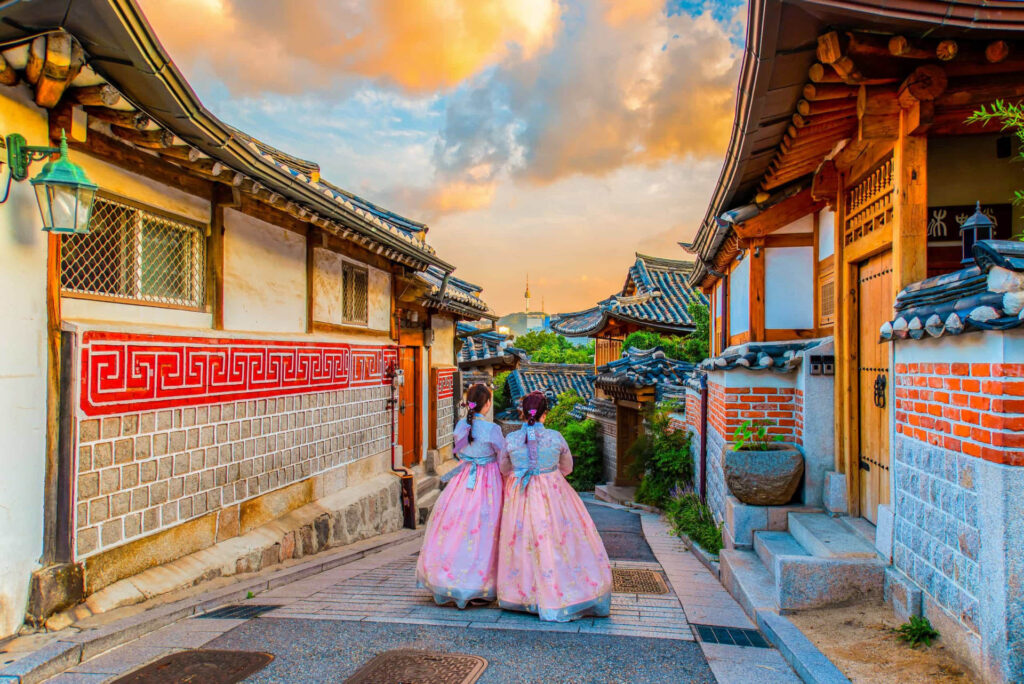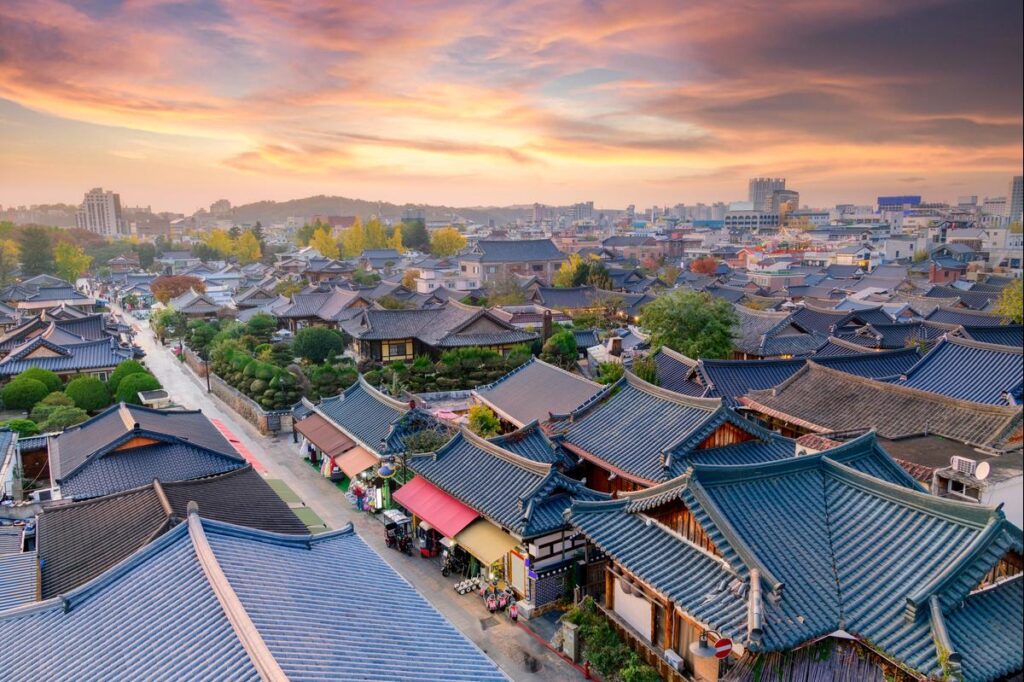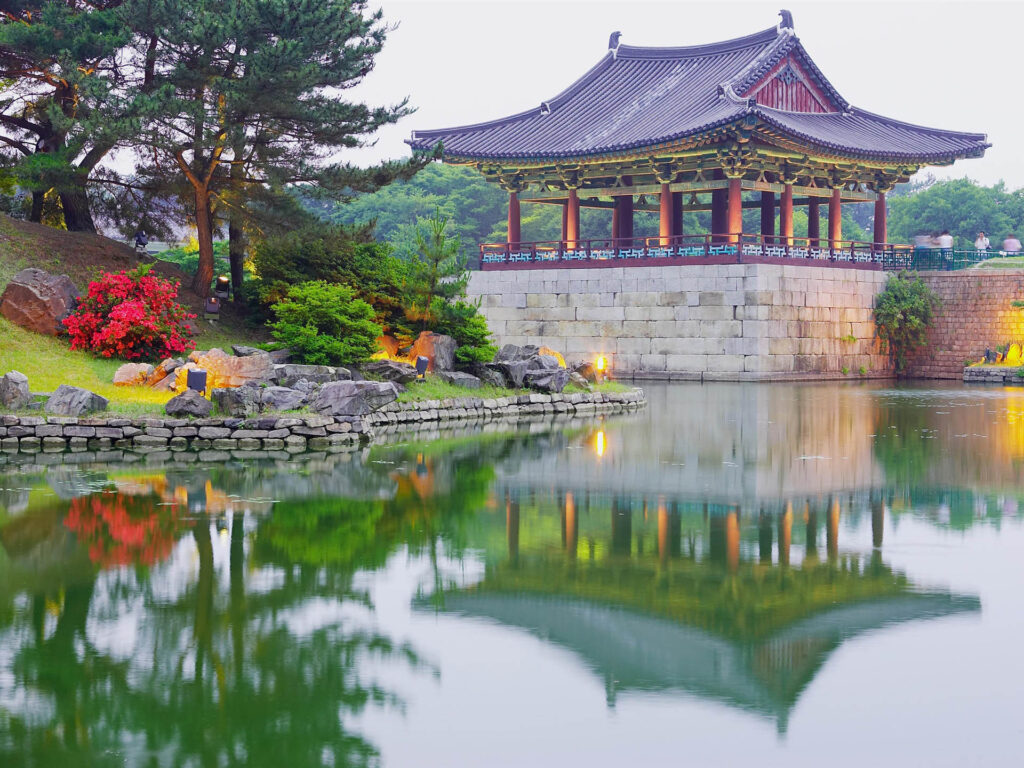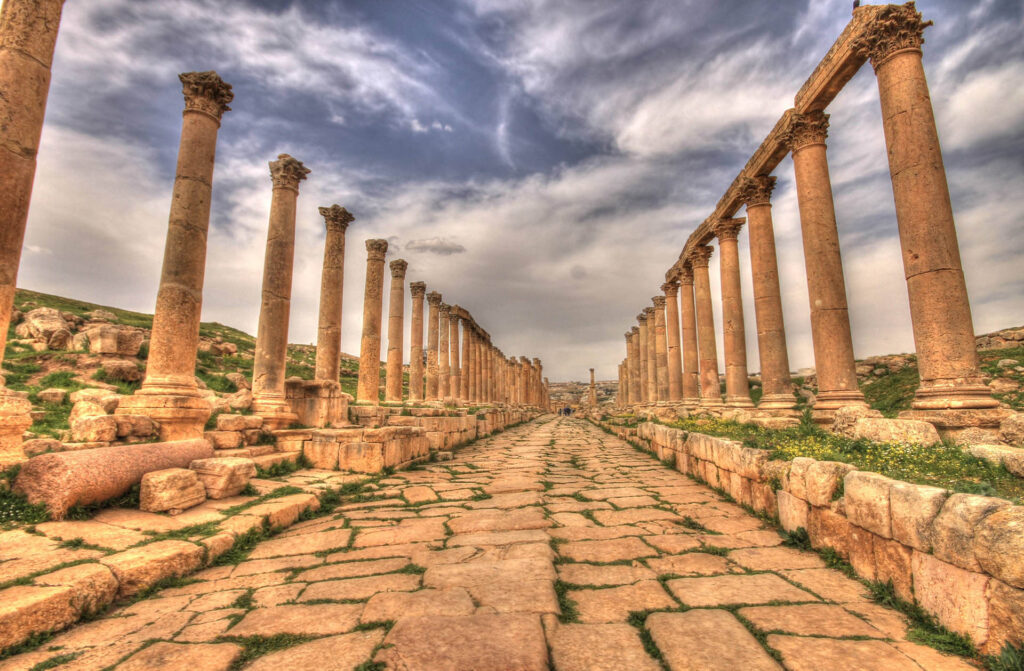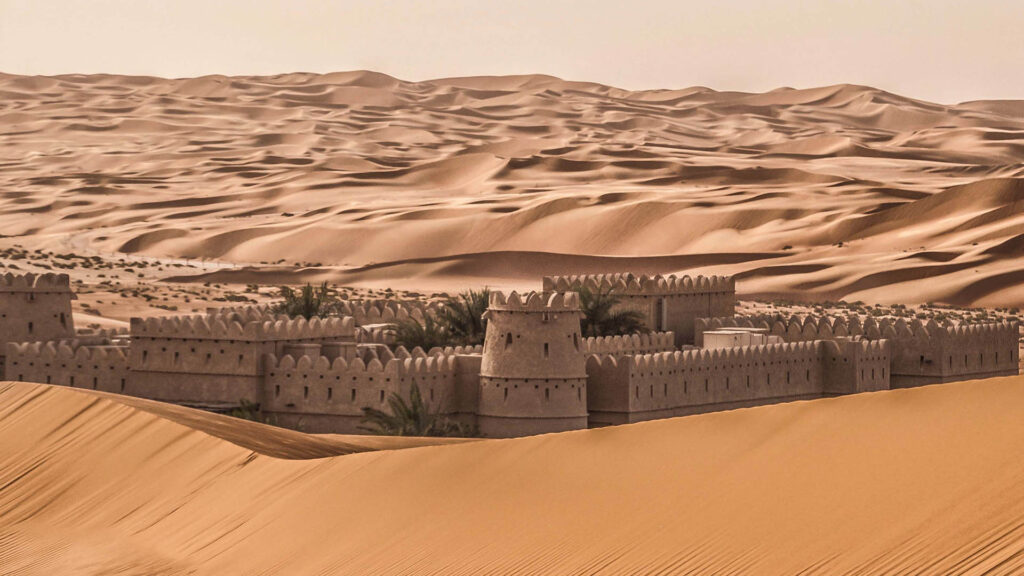Introducing The Topkapı Palace or Topkapı Sarayı
Nestled in the heart of Istanbul, the Topkapı Palace stands as an awe-inspiring testament to the grandeur and might of the Ottoman Empire. This magnificent complex, spanning over 700,000 square meters, served as the official residence of the Ottoman sultans for nearly four centuries, from the 15th to the 19th century. With its intricate architecture, lavish interiors, and rich cultural heritage, the Topkapı Palace offers visitors a captivating glimpse into the opulent world of one of the most powerful dynasties in history.
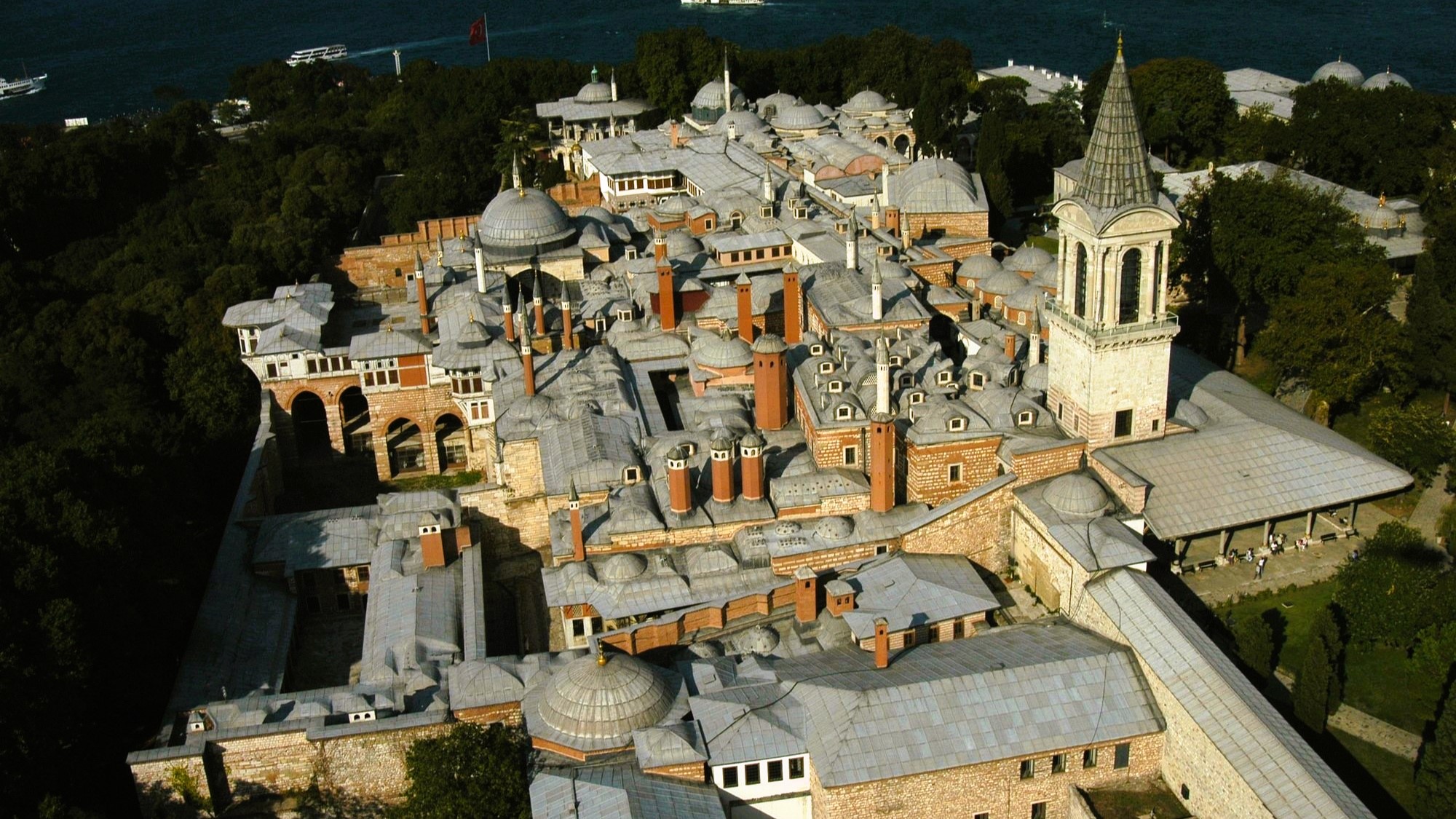
Topkapı Palace: An Opulent Journey Through Ottoman Splendor
A Brief History
The construction of the Topkapı Palace began in 1459, shortly after the Ottoman conquest of Constantinople (modern-day Istanbul). The new capital of the Ottoman Empire required a grand palace befitting the rulers’ status and ambitions. Under the orders of Sultan Mehmed II, the “Conqueror,” the palace was built on the promontory overlooking the Bosphorus Strait, the Golden Horn, and the Sea of Marmara, providing a strategic location and breathtaking views.
Over the centuries, successive sultans added to and expanded the palace, creating a sprawling complex that served as the center of the Ottoman Empire’s administration, culture, and politics. The Topkapı Palace remained the official residence of the Ottoman sultans until the mid-19th century, when the Dolmabahçe Palace was constructed and became the new imperial residence.
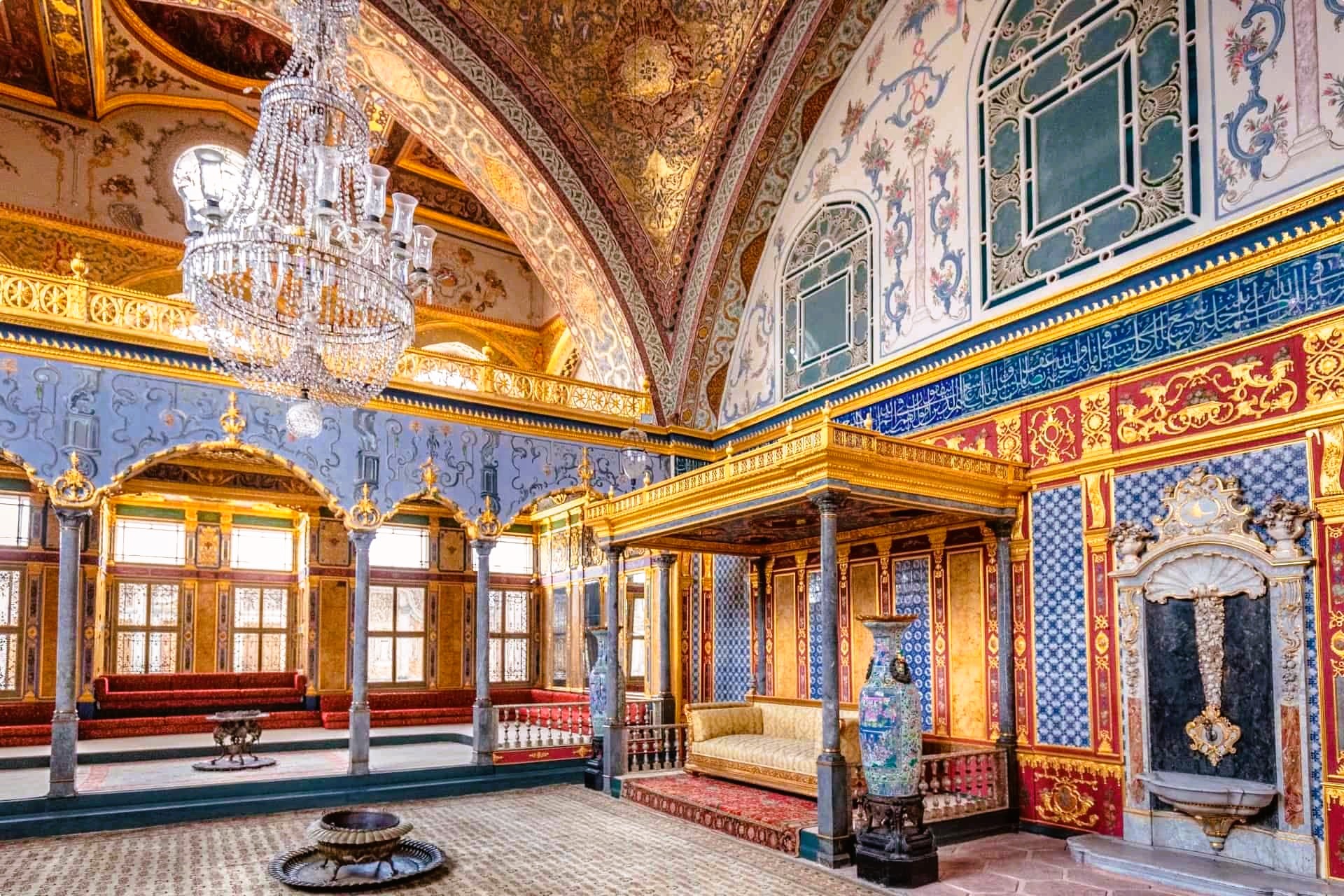
Topkapı Palace: An Opulent Journey Through Ottoman Splendor
The Architecture and Design
The Imperial Gates and Courtyards
The Topkapı Palace is a masterpiece of Ottoman architecture, blending elements of Byzantine, Islamic, and Renaissance styles. Visitors first encounter the imposing Imperial Gate, also known as the Gate of Salutation, which served as the main entrance to the palace. This ornate gate, adorned with intricate calligraphic inscriptions and decorative tiles, sets the tone for the grandeur that awaits within.
Beyond the Imperial Gate lies a series of courtyards, each one more grandiose than the last. The First Courtyard, known as the Courtyard of the Janissaries, was where the elite palace guards were stationed. The Second Courtyard, or the Divan Square, housed the administrative buildings and the Imperial Council chambers. Finally, the Third Courtyard, known as the Courtyard of the Harem, was the private living quarters of the sultan, his family, and his concubines.
The Harem and Sultans’ Apartments
One of the most fascinating aspects of the Topkapı Palace is the Harem, a complex of buildings that served as the private living quarters for the imperial family and their attendants. The Harem was a world unto itself, with its own intricate hierarchy, customs, and architectural splendor.
Within the Harem, visitors can marvel at the exquisitely decorated rooms, such as the Sultan’s Private Chambers, the Concubine’s Quarters, and the Courtyard of the Valide Sultan (the mother of the reigning sultan). These spaces offer a glimpse into the lavish lifestyles and intrigues of the Ottoman court, with their ornate tilework, intricate woodcarvings, and elaborate decorations.
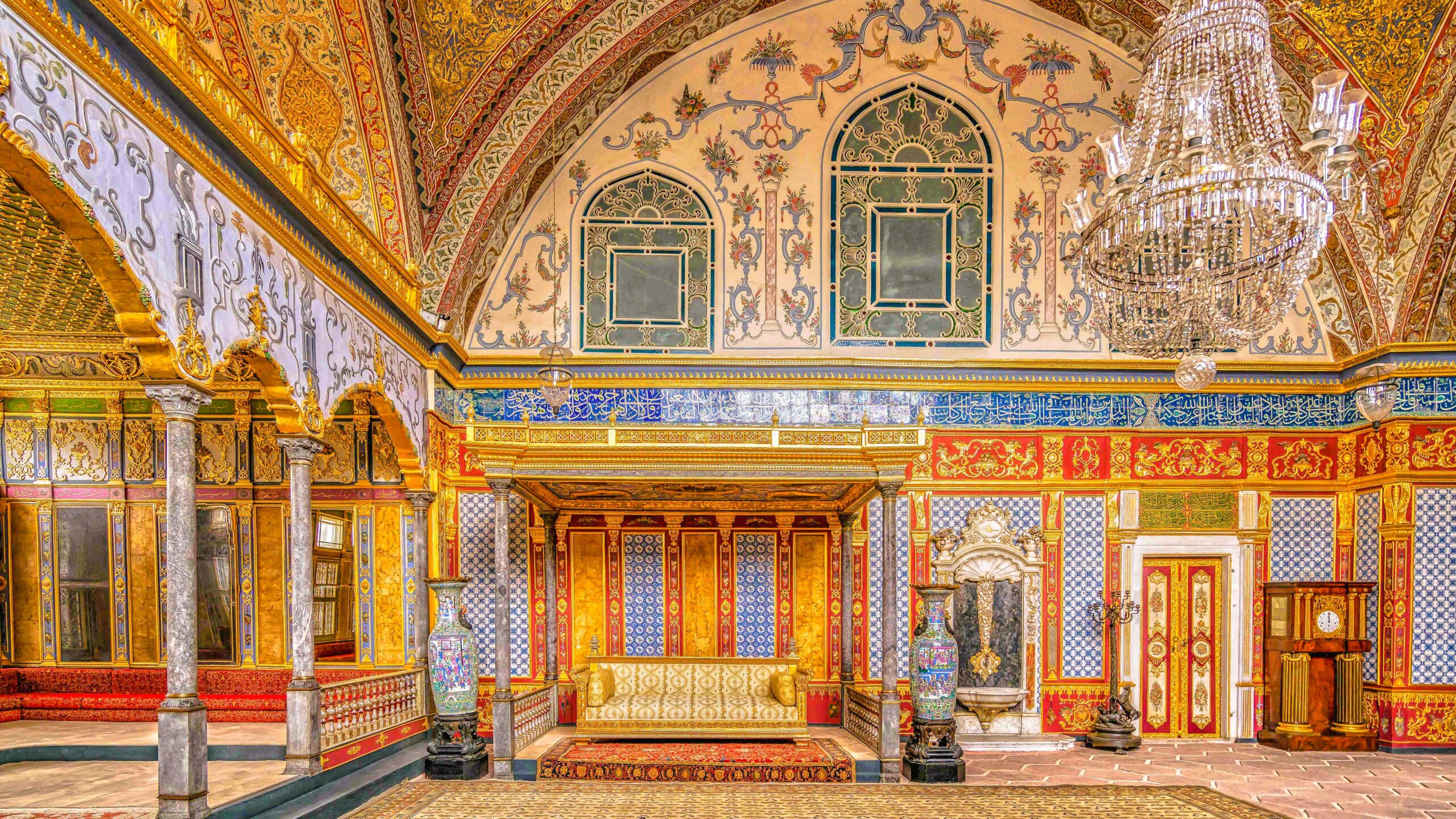
Topkapı Palace: An Opulent Journey Through Ottoman Splendor Sarayı
The Treasures of the Palace
The Imperial Treasury and Sacred Relics
The Topkapı Palace is not only an architectural marvel but also a repository of priceless treasures and sacred relics. One of the most renowned attractions within the palace is the Imperial Treasury, which houses an astounding collection of jewels, precious stones, and exquisite works of art.
Among the highlights of the Imperial Treasury are the famous Spoonmaker’s Diamond, a stunning 86-carat diamond believed to be one of the largest in the world, and the Kasıkçı Diamond, a magnificent 200-carat diamond that adorned the ceremonial sword of Sultan Abdülmecid I.
Another awe-inspiring section of the palace is the Sacred Relics Room, which houses revered Islamic artifacts, including Muhammad’s cloak and sword, his tooth, and strands of his hair, as well as other relics associated with the Prophet and his companions.
The Imperial Kitchens and Ceramics Collection
Beyond the opulent living quarters and treasures, the Topkapı Palace also offers insights into the daily lives of its inhabitants. The Imperial Kitchens, for instance, provide a fascinating glimpse into the culinary traditions and banquets of the Ottoman court. Visitors can explore the vast kitchen complex, complete with massive fireplaces, marble countertops, and intricate tile work.
Another highlight of the palace is the Ceramics Collection, which showcases the exquisite artistry of Ottoman potters and ceramicists. This collection features an impressive array of tiles, plates, vases, and other ceramics, ranging from simple utilitarian pieces to ornate works of art adorned with intricate patterns and calligraphy.
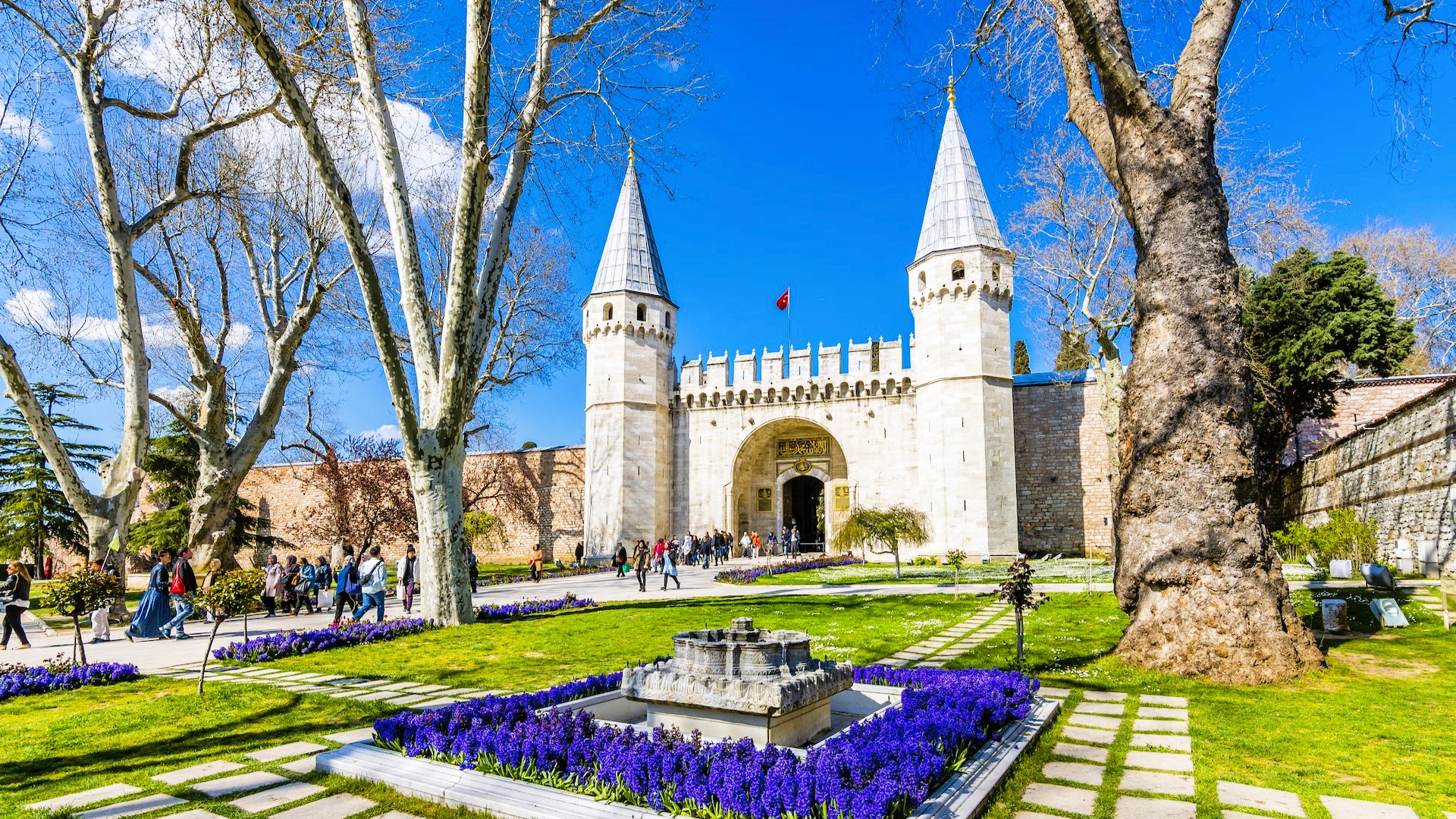
Topkapı Palace: An Opulent Journey Through Ottoman Splendor
The Modern-Day Experience
Exploring the Palace Grounds
Visiting the Topkapı Palace is an immersive experience that transports visitors back in time. As you wander through the various courtyards, gardens, and pavilions, you can’t help but be captivated by the grandeur and attention to detail that permeates every aspect of the palace.
Guided tours are available, providing in-depth insights into the history, architecture, and cultural significance of this iconic landmark. Knowledgeable guides will share fascinating stories and anecdotes, bringing the palace’s past to life and enriching your understanding of the Ottoman Empire’s legacy.
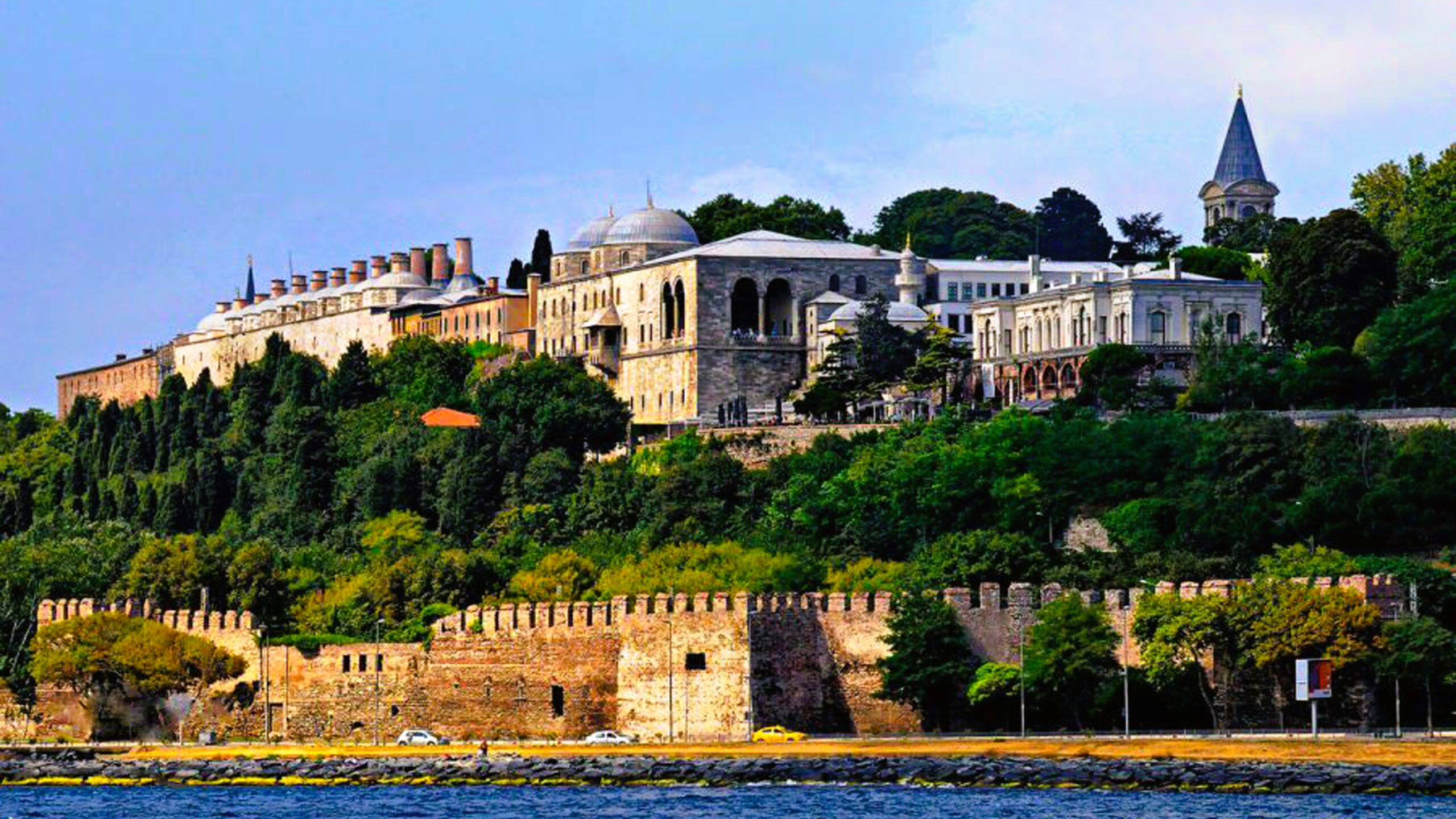
Topkapı Palace: An Opulent Journey Through Ottoman Splendor
Cultural Events and Exhibitions
In addition to its historical significance, the Topkapı Palace also plays an active role in Istanbul’s vibrant cultural scene. Throughout the year, the palace hosts a variety of events, exhibitions, and performances, celebrating the rich artistic traditions of Turkey and the Ottoman Empire.
From traditional music and dance performances to art exhibitions showcasing contemporary interpretations of Ottoman art forms, the palace offers a dynamic and ever-changing array of cultural experiences for visitors to enjoy.

Topkapı Palace: An Opulent Journey Through Ottoman Splendor
Conclusion
The Topkapı Palace is a true embodiment of the grandeur and opulence that defined the Ottoman Empire. Its intricate architecture, lavish interiors, and priceless treasures stand as a testament to the power, wealth, and cultural sophistication of this once-mighty dynasty.
Whether you are a history enthusiast, an art lover, or simply someone who appreciates the beauty and complexity of human achievement, a visit to the Topkapı Palace is an unforgettable experience. As you wander through its courtyards, marvel at its ornate decorations, and imagine the lives of the sultans and their entourage, you’ll be transported to a time when Istanbul was the beating heart of a vast and influential empire.
So, embark on a journey through the ages and immerse yourself in the captivating world of the Topkapı Palace, where every corner holds a story, and every detail whispers of a bygone era’s grandeur and magnificence.

